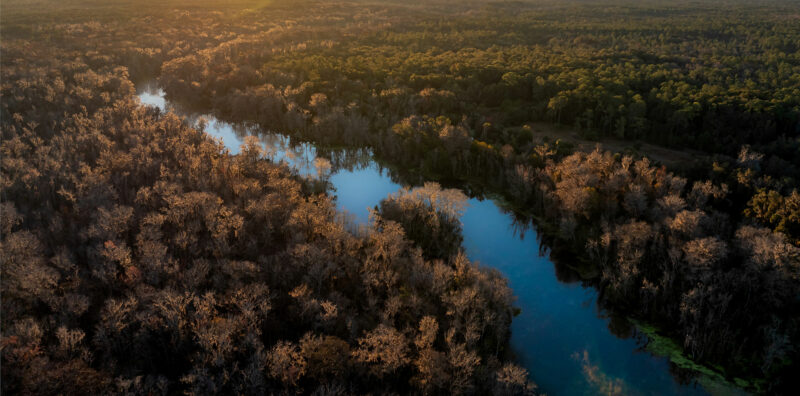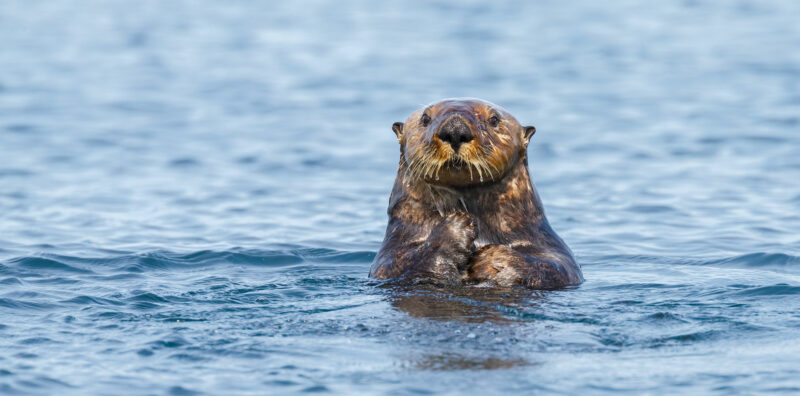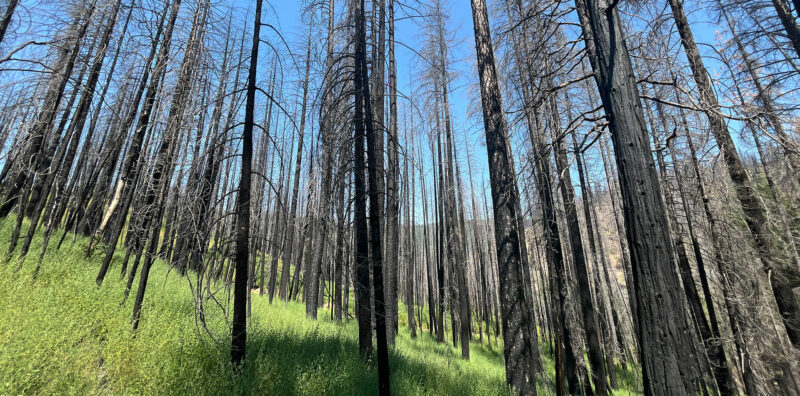To protect critical ecosystems and water supplies amid growing climate and regulatory pressures, ESA partners...

Port Susan Bay Estuary Restoration
The Port Susan Restoration project has restored over 150 acres of pristine estuarine habitat that now supports thousands of birds, several species of salmon, smelt, English sole, and clams in Puget Sound’s historic delta.
Why does this project matter?
Port Susan Bay historically supported over 20,000 Chinook/year but recent studies show native-spawning Chinook populations are experiencing a steep decline, with less than 500 fish returning to spawn in 2019. This project and future phases will create a sanctuary habitat for endangered Chinook salmon, providing shelter and food as they transition from freshwater rivers to the sea.
What is ESA doing to help?
The Nature Conservancy (TNC) contracted ESA for their science and engineering experience in Puget Sound. The project site is located within the tidally influenced estuary at the confluence of the Stillaguamish River and Port Susan Bay. To restore this site, major alterations to the existing levee/dike (i.e., additional breach points, lowered zones, and debris removal) were required as well as the excavation of a tidal channel network.
Initially, the restoration effort included the breach of a diked levee to reintroduce tidal flow, but the singular breach was not sufficient to restore full hydraulic connectivity to the tidal marsh. The project applied an adaptive management approach to re-evaluate and improve the connectivity between the river and the tidal marsh.

During the next phase of design, engineers investigated the impacts of multiple breaches to provide better access to habitat for juvenile salmonids and encourage the establishment of a diverse set of brackish estuary plant species.
The ESA team provided TNC with updated designs and assisted with permitting for these multiple breaches. Construction took place in the summer of 2023, utilizing amphibious excavators to prevent wheeled equipment from impacting the estuary surface permanently. The site now features 12 breaches, increasing connectivity and transport of materials which will restore the site to a self-sustaining native tidal wetland. There are five years of monitoring slated to track the progress and advancements in estuary science. After the completion of this project, TNC is aiming to advance neighboring projects with the same goal of restoring habitats and providing habitat to endangered salmonoids.
Connect with our team
Details
Client The Nature Conservancy
Location Stanwood, Washington
Market Natural Resource Management

News & Ideas
ESA is pleased to announce the appointment of new practice leaders to oversee two of...
ESA is thrilled to announce the promotion of Autumn Ward to the role of Airports...
In our industry, we must consider compliance with the federal Endangered Species Act (FESA) when...
How the Supreme Court narrowed the consideration of indirect and cumulative effects under NEPA. The...
This is the second in a series of articles exploring how ESA is working with...







